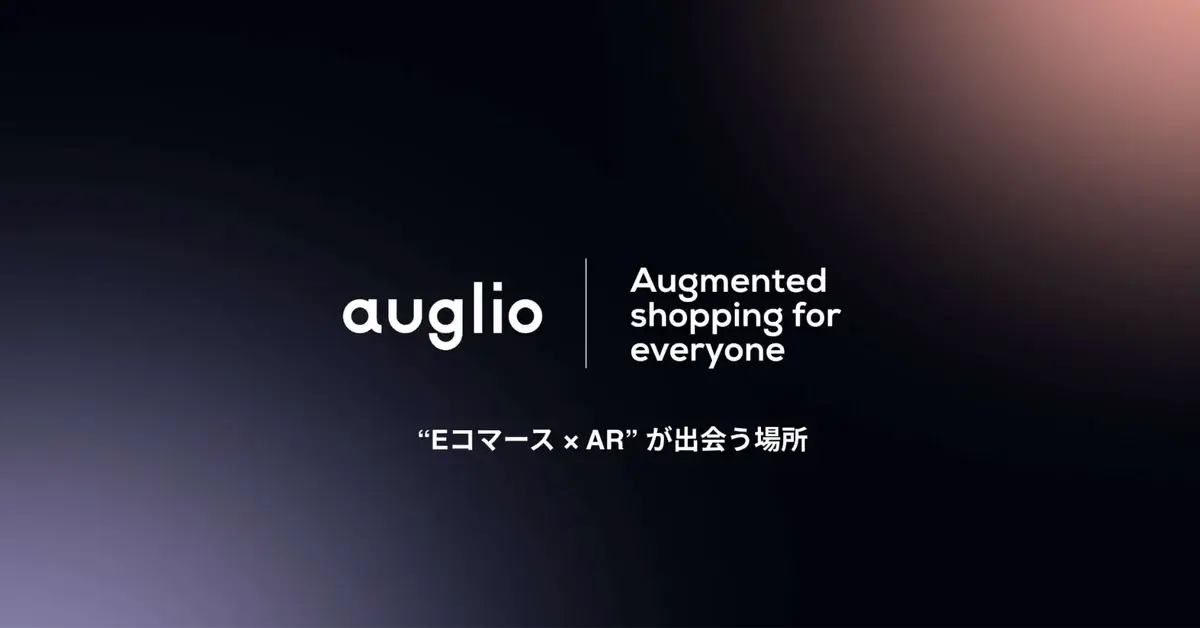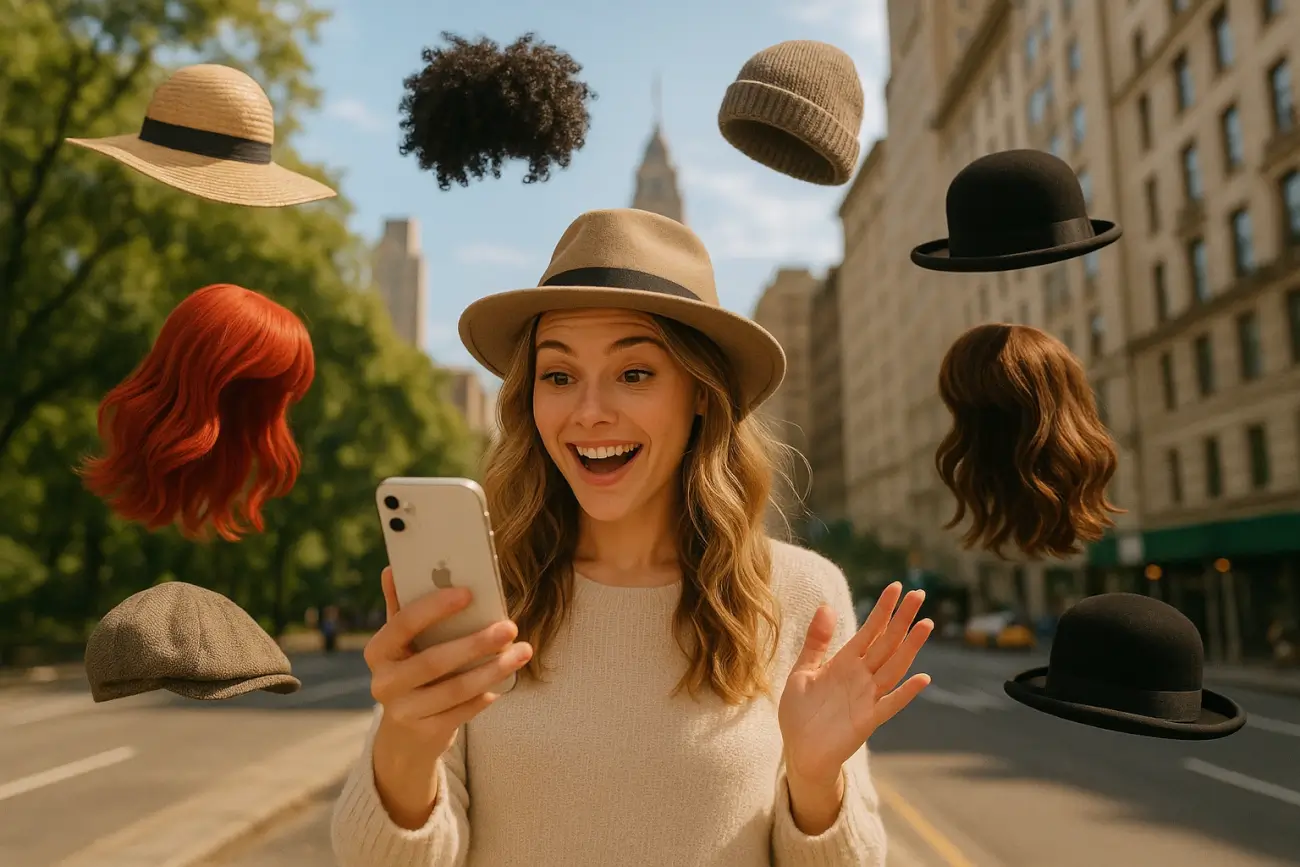When most people shop for eyewear online, they face a big challenge: imagining how the lenses will actually behave in real life. Frames are easy—you can look at pictures from different angles, maybe even rotate a 3D model. But what about lenses that change depending on light conditions? That’s where photochromic lenses come in, and why virtual try on technology is transforming how eyewear brands sell them.
In this article, we’ll dive into what photochromic lenses are, why customers struggle to understand their benefits online, and how pairing them with virtual try on helps brands increase conversions, boost confidence, and reduce returns.
What are photochromic lenses?
Photochromic lenses—often marketed under names like Transitions® lenses—are special optical lenses that automatically darken when exposed to UV light, and return to clear when indoors or away from sunlight. They give wearers the convenience of having prescription glasses and sunglasses in one.
This technology isn’t new; it’s been around since the 1960s. But what is new is the way customers can now experience and evaluate photochromic lenses before buying online.
According to Grand View Research, the global photochromic lenses market was valued at USD 5.2 billion in 2022 and is expected to grow steadily. This growth reflects a wider consumer trend: people want versatile products that match fast-moving lifestyles. For retailers, the challenge is showing shoppers exactly what makes photochromic lenses worth the investment.

The problem: Invisible benefits online
Imagine you’re shopping for a new pair of glasses online. You see a frame style you love and you notice an option to upgrade to “photochromic lenses.” You might think:
-
Will they really darken fast enough?
-
Do they look like sunglasses outdoors?
-
Will they make my lenses slightly tinted indoors?
These are real questions buyers ask, but they’re not easily answered by static product images or long text descriptions. Without a clear way to visualize the transition, many customers stick to what they know—standard clear lenses.
That hesitation leads to missed upselling opportunities for retailers and disappointed customers who could have benefitted from a more convenient solution.
How Virtual Try-On bridges the gap
Virtual try on solves this by letting shoppers actually see the transition on their own face, through their own device. When a customer activates the try-on, they can watch lenses go from clear to tinted in real time—exactly how they would perform outdoors.
It’s not just about novelty; it’s about removing uncertainty. According to a study by Deloitte, 58% of consumers say the ability to visualize products in real life increases their confidence in making an online purchase. For eyewear brands, confidence directly translates into higher conversion rates.
Boosting conversions with experiential shopping
Here’s how the combination of virtual try on and photochromic lenses impacts the online shopping journey:
-
Making the Invisible Visible
Shoppers finally understand what “light-adaptive” means, because they see it on themselves.
-
Reducing Returns
Customers who know what to expect are less likely to be surprised—or disappointed—after purchase.
-
Upselling Premium Products
Showing the benefit in action makes the upgrade more tangible, encouraging buyers to choose higher-margin lens options.
In fact, internal case studies from eyewear retailers show that when shoppers use AR try-on tools, add-to-cart rates increase by up to 30%. Add photochromic demonstrations into that mix, and the value proposition becomes even stronger.
Changing customer expectations
Younger shoppers, especially Gen Z and Millennials, are driving demand for interactive online experiences. A 2023 Snapchat report revealed that 92% of Gen Z expect augmented reality to be part of their shopping journey. For eyewear, where looks and functionality are deeply personal, this expectation is even more pronounced.
Customers no longer just want to read about lens features—they want to see them. The more immersive and realistic the presentation, the higher the trust in the brand.
Accessibility and education
There’s also an educational role here. Many customers don’t fully understand how photochromic lenses work, or they assume they’re only for older wearers. By integrating virtual try on, brands can use interactive visuals to teach customers about the benefits, such as:
-
Eye protection from UV light
-
Convenience of fewer glasses to carry
-
Style versatility, shifting from clear to sunglasses seamlessly
When these benefits are demonstrated dynamically, rather than explained in dense product copy, customers connect faster and deeper with the product.
The impact on eyewear retailers
For retailers and brands, this isn’t just a nice feature—it’s a competitive advantage. Online eyewear is a crowded market, with global players and niche boutiques vying for attention. Offering a virtual try on that showcases photochromic transitions creates differentiation.
It also aligns with the broader movement in e-commerce toward “try before you buy” experiences. From cosmetics to furniture, customers want to minimize uncertainty. Eyewear is no exception.
Moreover, retailers who adopt virtual try on for lenses can:
-
Increase Average Order Value (AOV): customers are more willing to invest in premium add-ons.
-
Improve Loyalty: when the product meets expectations, shoppers are more likely to return for their next pair.
-
Lower Support Inquiries: fewer questions about lens behavior after purchase.
Looking ahead: Where technology meets trust
The future of online eyewear shopping isn’t just about showing frames from every angle—it’s about demonstrating functionality in context. As AR technology continues to advance, the possibilities extend beyond photochromic lenses. Imagine shoppers trying on:
-
Blue-light blocking lenses, with a visible filter effect.
-
Progressive lenses, with interactive simulations of vision correction.
-
Anti-reflective coatings, where glare disappears before the shopper’s eyes.
Each of these can be brought to life through virtual try on, making online eyewear shopping more transparent, interactive, and trustworthy.
Photochromic lenses solve a real-world need: glasses that adapt to your lifestyle. But their benefits are invisible in traditional e-commerce. By combining them with virtual try on, eyewear retailers can make the invisible visible, turning uncertainty into confidence and browsers into buyers.
The result? Happier customers, higher sales, and fewer returns. In an age where customer experience defines brand success, giving shoppers the ability to see photochromic lenses in action isn’t just a feature—it’s the future.






